這個思考模式鼓勵學生能夠慢下来,仔细觀察其中一個系统。通過這樣幫助學生更好地認識具體系統裡無論是直接或間接相關的人物,學生也會注意到系统裡任何一點變化,也許都會有意無意地影響到系统的其它方面。
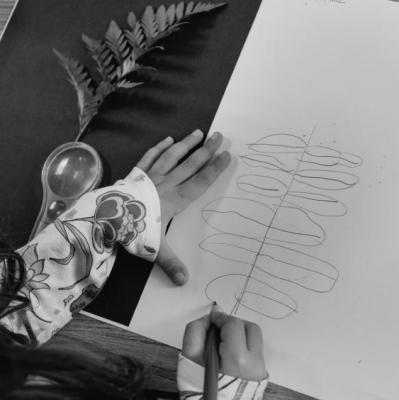
Documentation Templates
This tool is connected to the Agency by Design Making Moves. The Making Moves identifies three maker capacities that support a sensitivity to design, along with their associated learning moves. Here you’ll find three observation sheets, one for each of the maker capacities: Looking Closely, Exploring Complexity, and Finding Opportunity.
Maker-Centered Learning Playbook for Early Childhood Education
Since 2012, the Agency by Design research team at Project Zero has explored the promises, practices, and pedagogies of maker-centered learning in a variety of settings. This initial research produced a flexible pedagogical model that supports young people in becoming sensitive to design and seeing themselves as the creators of their worlds. Beginning in 2018, the Agency by Design research team began working with a cohort of early childhood educators in Hong Kong on a pilot study to adapt the Agency by Design framework for young learners. The result of this exciting work is the Maker-Centered Learning Playbook for Early Childhood Education. This playbook includes lessons learned from the study, pictures of practice, and a host of educator tools and resources designed to support the development of young students’ maker capacities while also nurturing other generative cognitive dispositions and habits of mind at this early stage of learning and development.
This resource is available in hard copy on Amazon.
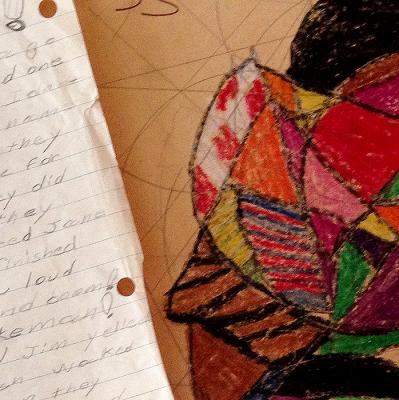
Curiosities, Collections, and Curating: Considering Maker Portfolios
AbD researcher Jessica Ross elaborates on her role in the Open Portfolio Project by asking the question: What advice can we offer young makers as they document their making throughout their lifetimes?

Understanding Agency Part II: Putting an Abstract Concept into Action
AbD researchers describe how their use of agency “vignettes” help them gain new understandings around the concept of agency.

Mapping Systems
The practice of mapping allows learners to build and demonstrate their understanding of the parts, people, and interactions that comprise a given system.
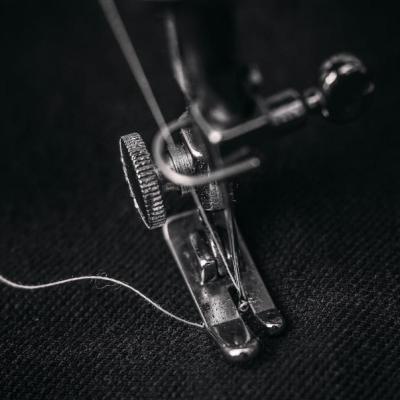
Pensar, Sentir, Preocuparse
Esta rutina anima a los estudiantes a considerar las diferentes perspectivas de diversas personas que interactúan dentro de un sistema en particular.
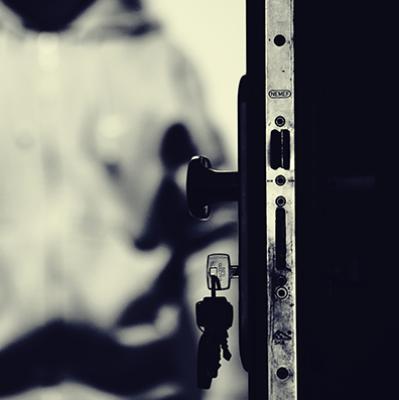
The Maker Mind: Jen Ryan at TEDxDirigo
Agency by Design researcher Jen Ryan explores some of the central ideas from the framework at TEDxDirigo Generate.
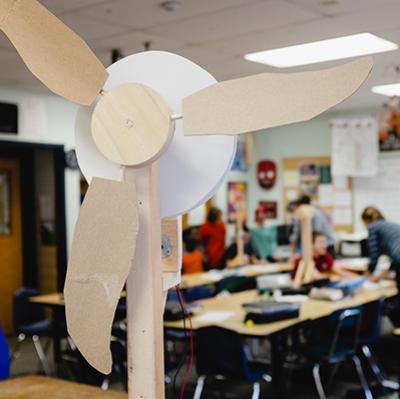
Looking Closely: A Capacity of Sensitivity to Design
Students from King Middle School in Portland, Maine, explain the importance of looking closely in a maker-centered classroom.
Video by Alex Coppola